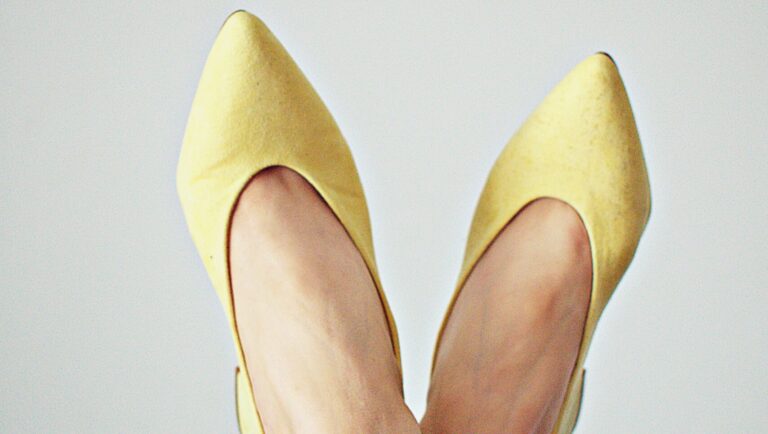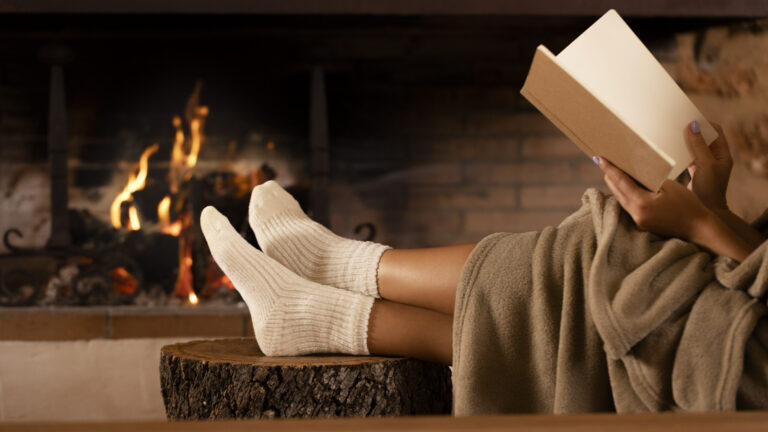A strange phenomenon that many individuals notice is that their hands and feet get dark in winter than usual. It is actually a typical response of our body to acclimatize to cooler temperatures, even though this change may be unpleasant or even worrying. We shall examine the causes of this phenomenon in this blog article, illuminating the scientific principles guiding our bodies’ reactions to winter.
Healthline says that although hyperpigmentation could be only an issue in the summer and doesn’t affect people as much in the autumn and winter, this is untrue. In addition to worsening eczema, psoriasis, and acne, dry weather, cold temperatures, and low humidity can leave behind lingering dark spots and dry patches on the skin.

Our bodies naturally reduce blood flow to the extremities during the colder months to safeguard the essential organs at the center of our bodies. Vasoconstriction, or the phenomenon it describes, is the body’s normal way of regulating its internal temperature. Because of this, our hands and feet receive less blood, which causes a reduction in the flow of oxygen and nutrients. This is one of the few reasons why your hands and feet get dark in winter.
Decreased Oxygenation:
The hands and feet may not receive as much oxygen as they should as a result of the reduced blood flow. Our skin’s natural color is maintained in large part by oxygen. The skin may appear darker or perhaps a little bit bluish when the oxygen supply is restricted. Peripheral cyanosis is the name for this color change. This is another reason why your hands and feet get dark in winter.
Effect of Cold Temperatures on Capillaries:
The microscopic blood vessels known as capillaries, found close to the skin’s surface, are also responsible for our hands and feet to get dark in winter. These capillaries tighten due to the chilly temperatures, significantly reducing blood flow. The outcome is a darker appearance in the extremities because they receive less oxygen and nutrients.

Dryness and Skin Conditions:
Because of the cold, dry air that characterizes winter, some skin disorders can become worse. Dry skin is more prone to injury and irritation because it tends to lose its natural moisture and barrier-boosting oils. When skin conditions like eczema or psoriasis worsen, the affected regions may flake, itch, and develop a dark skin tone in winter.
Raynaud's Phenomenon:
It’s possible that for some people, the wintertime darkening of their hands and feet is a sign of Raynaud’s syndrome. This syndrome is characterized by severe vasoconstriction in response to cold temperatures or stress, resulting in a decreased blood flow to the extremities causing hands and feet to get dark in winter. Numbness, tingling, or even pain in the hands and feet are additional symptoms of Raynaud’s disease in addition to discoloration.
What Can You Do?
There are a few things you can take to reduce the discomfort and maintain healthy skin, even if the darkening of hands and feet in the winter is a natural reaction:
- Stay Warm: Wearing warm clothes, such as gloves, thick socks, and insulating shoes, will help you stay warm and not get dark in winter.
- Moisturize: To combat dryness, frequently use a high-quality moisturizer for your hands and feet. This lessens excessive dryness and aids in restoring the skin’s natural barrier.
- Keep Hydrated: Maintaining good skin requires drinking enough water throughout the year. The chance of dryness is decreased and skin elasticity is supported by proper hydration.
- Avoid Too Much Heat: It would be tempting to warm your hands and feet with direct heat sources like heaters or hot water, but this can further dry up the skin which causes them to get dark in winter season. When bathing or washing, choose warm water as opposed to hot.
- Consult a dermatologist: If you have discomfort, persistent or significant discoloration, or any other unsettling signs, you should do so. They can offer a qualified assessment and make recommendations for the best courses of action.

In the end...
Wintertime darkening of the hands and feet is a normal occurrence brought on by decreased blood flow, decreased oxygenation, and the body’s protective reaction to the cold. It might be easier to manage issues and take the necessary actions to maintain healthy skin if you are aware of these underlying processes. With the awareness that your body is adjusting to the shifting surroundings, embrace the winter season with love and care this would definitely help you stop your hands and feet to get dark in winter.
Wondering How Is Laser Hair Removal Better Than Waxing? Read more.
Does your Scalp Becomes Oily After Shampooing, we might have some solutions for you.

